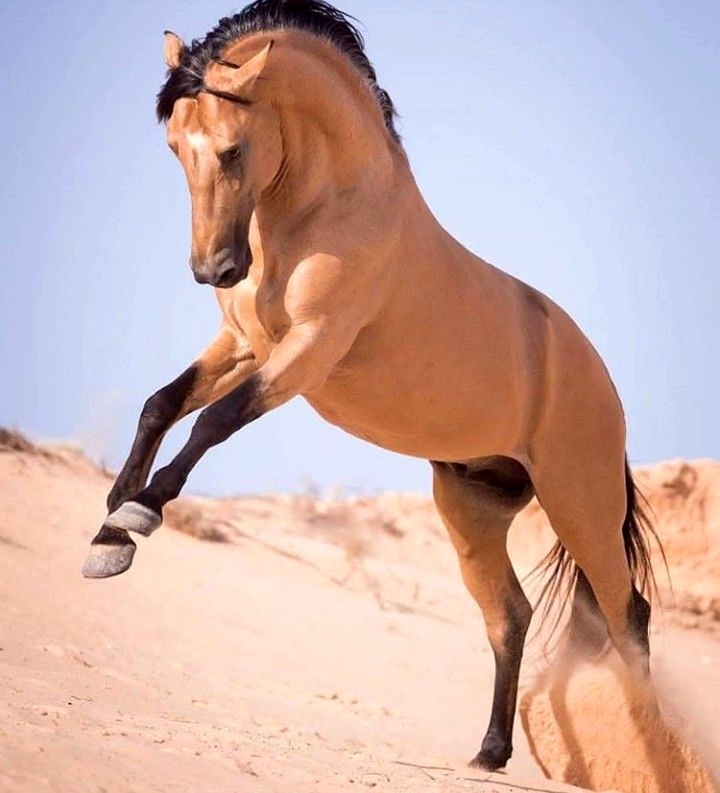Laminitis is a complex inflammatory condition of the equine hoof, one of the most common and painful hoof diseases seen in horses. It is believed to be caused by a variety of factors, such as poor nutrition, inflammatory conditions, and microbial infections. It is characterized by the inflammation of the soft tissue within the hoof, which can lead to severe pain.
Symptoms of Laminitis
The most common signs of laminitis in horses include lameness, a tight digital pulse, increased digital temperature, and a reluctance to move. Horses with laminitis may also show signs of discomfort, such as lying down more than usual, shifting weight onto the hind feet, and having difficulty rising.
Diagnosis and Treatment of Laminitis
Laminitis is usually diagnosed based on clinical signs, such as lameness and pain, as well as radiographs, which can reveal changes in the hoof wall. Treatment of laminitis is typically focused on reducing inflammation and pain, as well as supporting the hoof structure. It is important to address any underlying causes of laminitis, such as poor nutrition or infection.
What is the Best Thing to Give a Horse with Laminitis?
The best thing to give a horse with laminitis is supportive care, which includes rest, nutrition, and hoof care.
Rest
Rest is essential for the horse with laminitis, as it allows for the inflammation to subside and the hoof tissue to heal. The horse should be confined to a small area with a soft, level surface and should not be allowed to move around.
Nutrition
Proper nutrition is also important for horses with laminitis. A nutrient-rich diet should be provided to ensure the horse is getting all the vitamins and minerals they need. It is also important to avoid feeding the horse too much grain, as this can increase the risk of laminitis.
Hoof Care
Hoof care is an essential part of treating laminitis. It is important to keep the hooves trimmed and balanced, as well as to ensure they are clean and free of dirt and debris. A veterinarian may also recommend the use of specialized shoes to support the hoof structure and reduce pain.
Supplements
In addition to rest, nutrition, and hoof care, some horses with laminitis may benefit from the use of supplements. Omega-3 fatty acids, probiotics, and other anti-inflammatory supplements may help reduce inflammation and pain. It is important to discuss the use of supplements with a veterinarian before giving them to your horse.
Conclusion
Laminitis is a painful and potentially dangerous condition that requires prompt diagnosis and treatment. The best thing to give a horse with laminitis is supportive care, which includes rest, nutrition, hoof care, and possibly supplements. It is important to work closely with a veterinarian to ensure your horse is receiving the best care possible.

